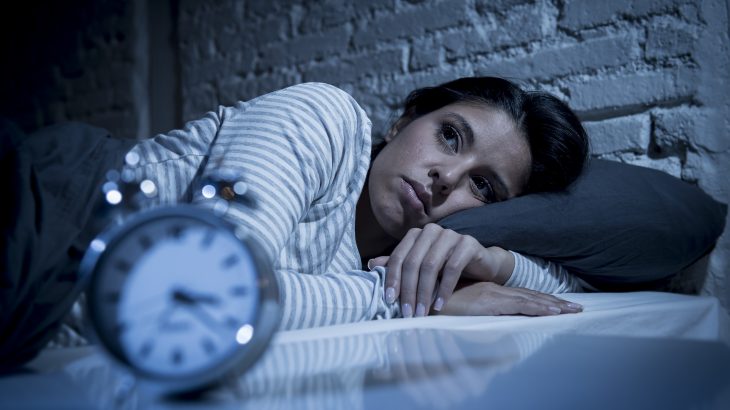Source: Thailand Medical News Nov 23, 2019 5 years, 5 months, 2 days, 48 minutes ago
Typically, a class of drugs known as hypnotics are traditionally used to treat
Insomnia which is one of the most common sleep disorders. However, usage of hypnotics come with motor and cognitive side effects. A new study conducted by researchers from the University of Tsukuba in Japan, show that
Suvorexant, (trade name : Belsomra) which is a recently approved and is a more targeted treatment, has fewer physical side effects.

Common hypnotic agents for the treatment of
insomnia are γ-aminobutyric acid (GABA) agonists, which bind to GABAA receptors to enhance the action of the inhibitory neurotransmitter, GABA. GABAA receptors are widespread, which means that GABA agonists inhibit neurons throughout the brain and spinal cord, including those that are not involved in sleep.
This is not the case for
suvorexant, which was approved as a treatment for
insomnia in the U.S. and Japan in 2014. According to the new study published in
PNAS on November 11, 2019,
suvorexant has a good efficacy and fewer side effects.

Dr Jaehoon Seol, first author of the study told
Thailand Medical News, "One concern about the use of GABA agonists is their side effects as they might impair the normal ability to respond to unexpected stimuli during sleep in urgent situations. A drug that specifically acts on brain receptors involved in wakefulness, rather than the whole brain, could avoid this."
Belsomra or
Suvorexant inhibits orexin receptors of the wake-promoting system, thus inhibiting wakefulness. This makes it a more targeted treatment than GABA agonists. To study whether this would result in less severe side effects, the researchers conducted a randomized controlled trial with 30 healthy men in a sleep lab. Participants took either
suvorexant, brotizolam (a GABA agonist), or a placebo before falling asleep and were then woken up 90 minutes later. Their cognitive and physical functioning was then tested.
Suvorexant (Belsomra) induced fewer impairments in body balance upon awakening than brotizolam. This could be associated with the cerebellum, a part of the brain that coordinates balance. Namely, the cerebellum contains GABAA receptors but not orexin receptors. In this case, brotizolam may have affected cerebellar functioning, while
suvorexant did not.
Dr Masashi Yanagisawa, lead author of the study also commented to
Thailand Medical News, "This is the first study to investigate the potential side effects of
suvorexant and to compare these with those of brotizolam. Also,
suvorexant was just as effective as brotizolam in the treatment of&l
t;strong> insomnia, with comparable effects on sleep duration and efficiency."
Globally, as there is a reported prevalence of 10-40 percent,
insomnia is now considered a
serious health issue. These new findings are potentially significant and could lead to further large-scale studies in patients with
insomnia.
Reference: Jaehoon Seol et al. Distinct effects of orexin receptor antagonist and GABAA agonist on sleep and physical/cognitive functions after forced awakening, Proceedings of the National Academy of Sciences (2019). DOI: 10.1073/pnas.1907354116 
